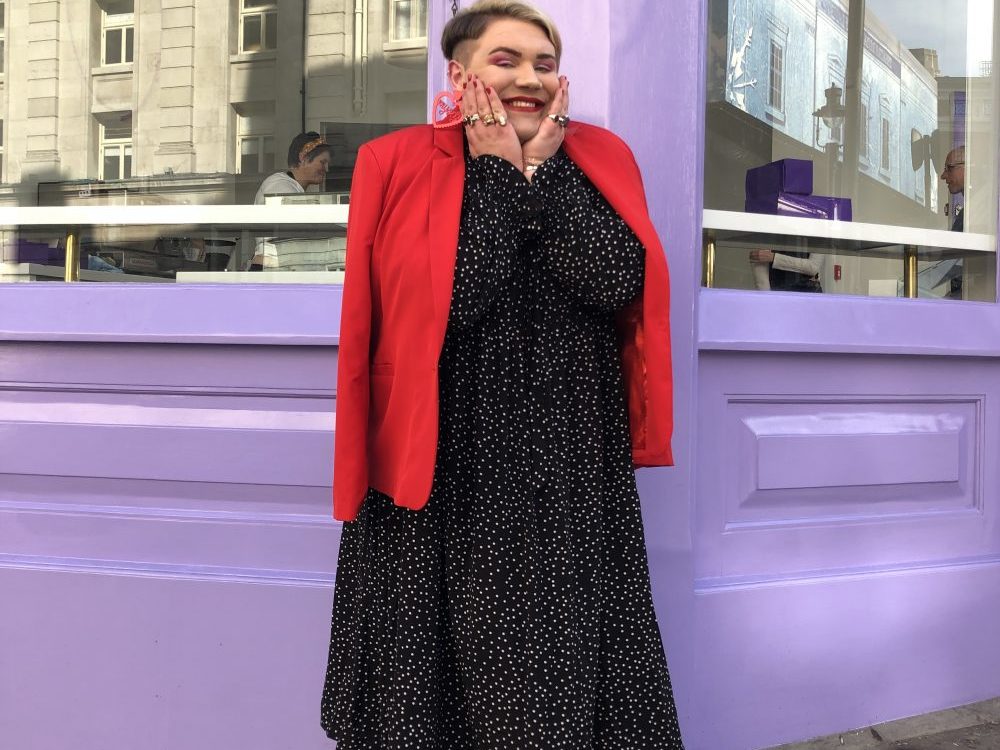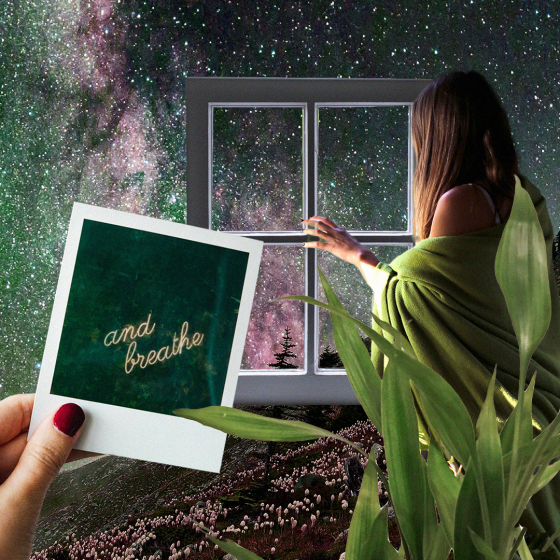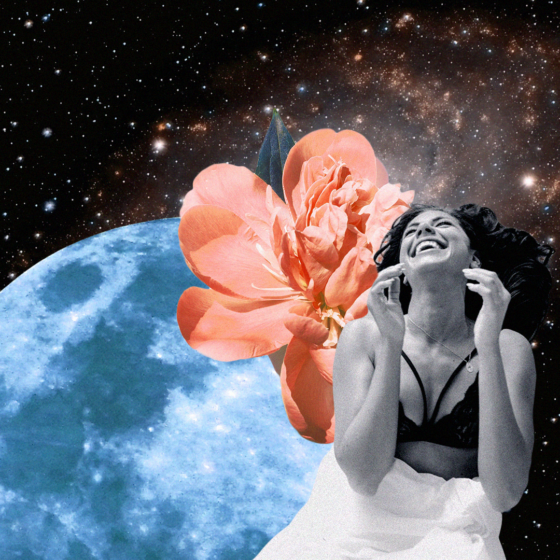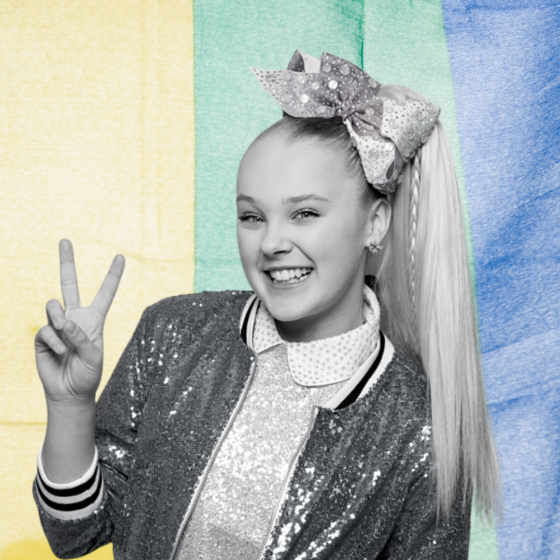Weight is a controversial topic, and one that causes headlines, and outrage. Yet when you think about it, considering the media we interact with, how many bigger bodies do you see. Tell me the last tv series or film you watched with a plus-size lead? Unless it is a series specifically about bigger bodies, then the representation is just not there.
When was the last time you saw a bigger body advertising a clothing brand for everybody? Think about it, has that ever really happened? Unless it is marketing specific types of clothing, then bigger bodies are hidden out of sight. Fatness, ironically, is the elephant in the room.
In the U.K. if you are a size 18 or above you are deemed plus size. This is counterintuitive when you consider that the U.K. average dress size, according to the Independent, is a 16. As we are constantly being told that we are a nation that is getting bigger, surely then, you would expect that the visibility of bigger bodies would be in place.
Well, in reality, this is a rare thing, in the fashion industry, bigger bodies are taboo, hidden from view. As a fashion critic, I have attended London Fashion Week for the last 6 seasons. I always notice that at most shows, I am often the only plus-size person in attendance, bar the odd occasions where I have seen plus size angels such as Lottie L’amour, Danielle Vanier and Felicity Hayward, it is incredibly easy to feel very unwelcome due to the size of my own body.
Of course, I’m welcome, and I make sure that I am representing the bigger audience. Yet everything surrounding you makes you feel ill at ease. The clothes coming down the runway will never be made in my size, and I have never been to a show in London that presented a range of sizes. When it comes to being bigger, apparently it is not better.
When it comes to dressing, I do see quite a lot of people putting off buying clothes and updating their wardrobe. Not because they have an anti-fast-fashion stance, or that they are being frugal. No instead they are waiting to lose weight, citing that ‘there is no point spending money on my body as it is’. This kind of toxic behaviour towards ourselves is incredibly damaging, not just to us, but to those around us who are impressionable.
With this rhetoric, plus the constant bombardment of weight-loss advertising, and countless celebrities who advertise detox teas and slimming pills, there is no wonder that so many people feel like they have to create a better body. Yet, what myself and so many plus-size bodies try to urge is that it is okay to be who you are right now, there is no need to wait, you can celebrate your body at all sizes.
Fashion is supposed to be an inclusive industry, and in the last decade more and more argument and criticism has called for diversity in race, ability, body size and gender. While all these areas have gained traction, press and attention, none of them have been fully addressed. Yes, there have been token advances, but nothing concrete.
So in 2019, we face a world where bigger bodies are seen as less worthy, to be hidden, and at the very best, a stopgap, on the way to a thinner body. I worry about the message this is sending younger people, who are at a very impressionable age, surrounded by more access to media than any other generation. There is a great deal of potential harm that may be happening.
Fashion is supposed to excite us, make us feel confident, and make us feel like the very best version of ourselves. However, withholding visibility of bigger bodies sends out a dangerous and very telling message. It’s the message that being plus size is not okay, we do not deserve to be confident, and we don’t have the right to feel like the best version of ourselves.
The crazy thing is that I am incredibly confident in myself, and am very happy in my own body. However, in an industry that does not promote, or in reality, cater to my body size, my levels of confidence are rare. Let’s face it, being bigger is harder. There are fewer role models to look up to, so how are we supposed to know how to dress, when our shapes vary so wildly?
Once we have figured out how to dress, where are we supposed to shop? There are far fewer places where we can buy clothes. Having to shop at curve specific brands is hard, and in most cases limiting. That said, there is a light at the end of the tunnel, with independent brands that are fully inclusive. One such brand is Loud Bodies, who cater to a UK 4-30 and offer to tailor clothes to your specific needs. However, brands such as this are very few and far between.
This is where I should conclude my thoughts, and offer you a happy ending. However, as I sit here writing this in 2019, I don’t think we are there yet. Moving forward, we need to do more than promote the idea of inclusivity, we need to live it, breathe it, and be it. Brands: make bigger clothes. Marketers: use bigger bodies. Media: promote REAL diversity.
We deserve better in 2019. Bigger may never be seen as better, but we should expect to be seen as equal.









